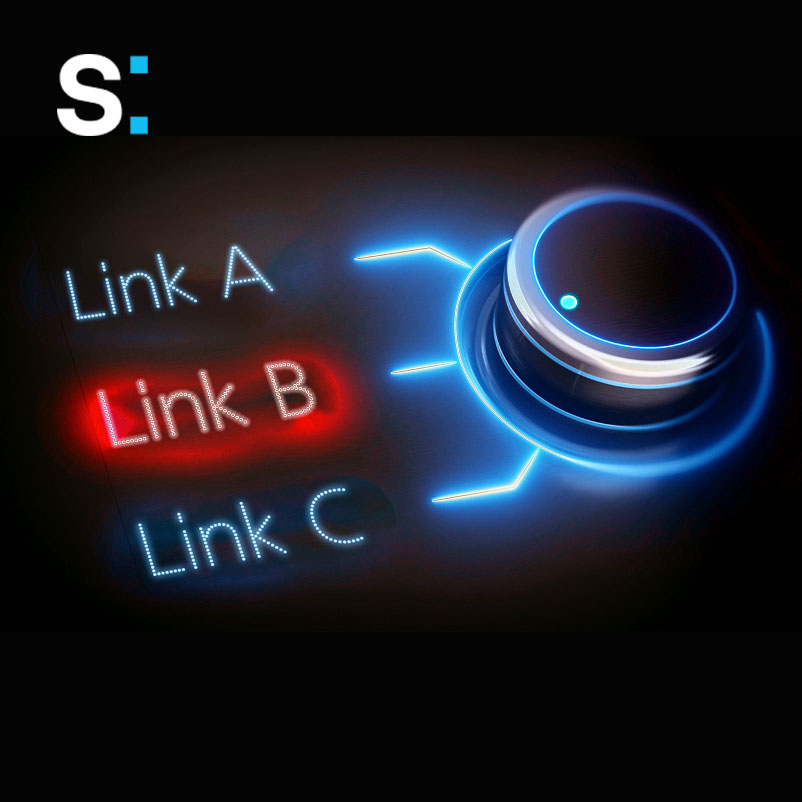A more interesting question than “what is a dynamic QR code”, is why do dynamic QR codes exist and what do they do? The reason dynamic QR codes are sometimes preferred to static QR codes is that they are ideal for projects that require flexibility and control to change the destination app or website users see after a scan. With a dynamic QR code, even after the QR codes have been printed and put into circulation the destination of a scan can be changed. There is technically no difference between a static QR code and a dynamic QR code though. Instead, it’s the URL that is stored in the QR code that makes all the difference between these two kinds of QR codes.
What is the difference between static and dynamic QR codes?
To clearly understand the difference between these two QR codes, you have to look at the URLs stored inside them. A dynamic QR code depends on not just one URL being stored, but two URLs. The first URL is hard coded, or stored, in the QR code as text. This is still no different from any static QR code. If the final destination URL in a QR code is the one hard coded and stored in the QR code, then you are dealing with a static QR code. Dynamic QR codes use the hard coded URL too, except they don’t use it as the final destination; they use that URL to lead a user to a second URL. That second URL is stored at the server location specified by the first URL. This gives an administrator the ability to change the final destination whenever they want without needing to print and replace a QR code. In summary, an editable second and final destination URL that is reached through the first URL makes a “dynamic” QR code.
The problem with QR codes.
Although the minimum required setup for dynamic QR codes isn’t complicated beyond the two URL setup, the redirection host that is reached by the first URL must be online and functioning properly. Anything less than that and the user experience will collapse. The basic cause for dynamic QR code failure is almost always a problem with the app or server that is pointed at by the QR code. This kind of problem might be caused by a configuration problem, by the server being down, or maybe the server no longer exists. Unfortunately it’s a common problem and the only way around it is to make sure that when you generate dynamic QR codes, you have high confidence that the dynamic QR code generator is reliable and has an uptime guarantee. The alternative is indeed very problematic and leads to wasted time, effort, and even to a loss of brand reputation.
What is a dynamic QR code generator?
There are several companies that offer QR code generation for free or at a low cost: they aren’t difficult to find. What is much more difficult is to be certain that these QR code generator systems won’t leave you with broken QR codes leading users to an error page (404 error). Scantrust.com offers near 100% uptime for dynamic QR codes so that enterprise and demanding companies can rest confident they won’t risk a compromise to their communications and connected packaging campaigns. In the worst case scenario, a dynamic QR code failure can even leave a company open to non-compliance fines, such as would be applicable with legally demanded product disclosures in some countries. If you or your company needs a dynamic QR code generator that has enterprise-grade reliability, Scantrust can quickly help you by offering a connected packaging and dynamic QR code expert to discuss your project requirements.
